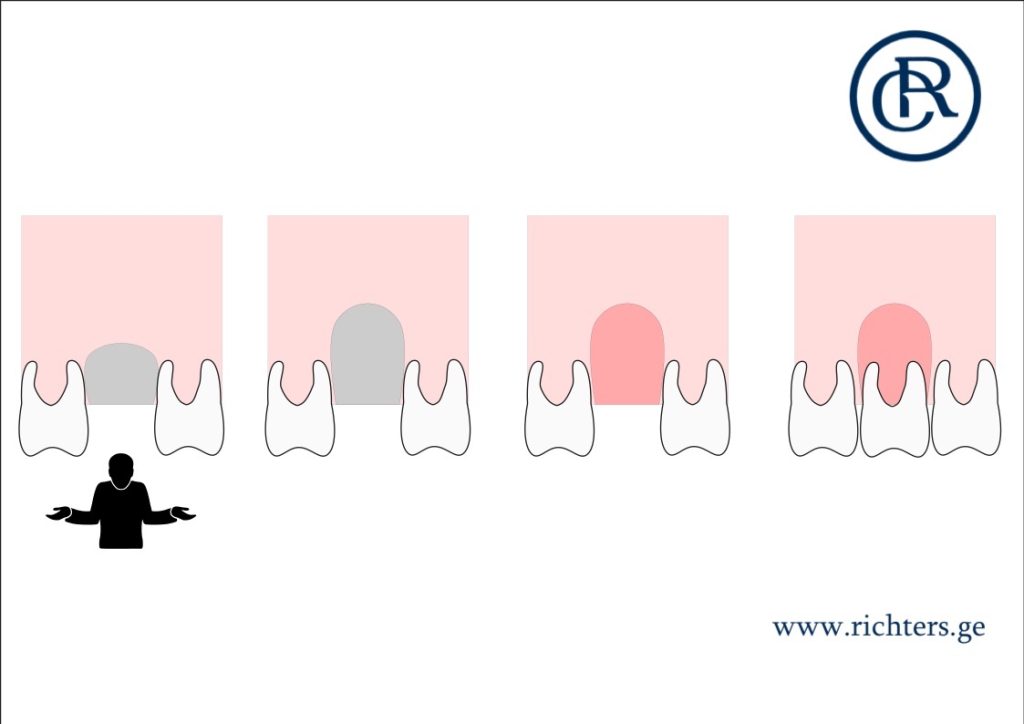A sinus lift, or sinus augmentation, is a surgical procedure designed to reinforce and augment weakened bones in the upper jaw. Similar to bone augmentation, this procedure is essential before undertaking dental implantation.
Understanding Sinus Lifting
Dental sinus lift becomes necessary when bones in the area, weakened by tooth extraction, gradually lose their functionality over time. The instability of the bone makes it challenging to proceed with dental implantation, prompting the need for a sinus lift. This procedure establishes the conditions required to successfully place dental implants in the upper jaw.
Purpose of Sinus Lifting
During a sinus lift, the maxillofacial surgeon aims to establish a robust foundation for dental implants. The procedure involves lifting the sinus membrane and introducing bone material into the vacant space. This increases bone volume, creating the necessary conditions for successful dental implantation.
Sinus lifting typically lasts several hours, depending on the patient’s condition. The entire process, encompassing recovery and restoring function, may extend over several months. Throughout this period, frequent consultations and thorough observation are essential.
Stages of Sinus Lifting:
Pre-operative examination: Involves X-ray or computed tomography to assess the patient’s condition.
Surgery: Under local anaesthesia, the surgeon creates a space in the sinus and places bone material.
Recovery period: Requires adherence to doctor-recommended guidelines.
Repeat visits: Necessary for ongoing monitoring.
At Richter’s Dental Clinic in Tbilisi, our experienced maxillofacial surgeons prioritize operation effectiveness, patient comfort, and satisfaction.



